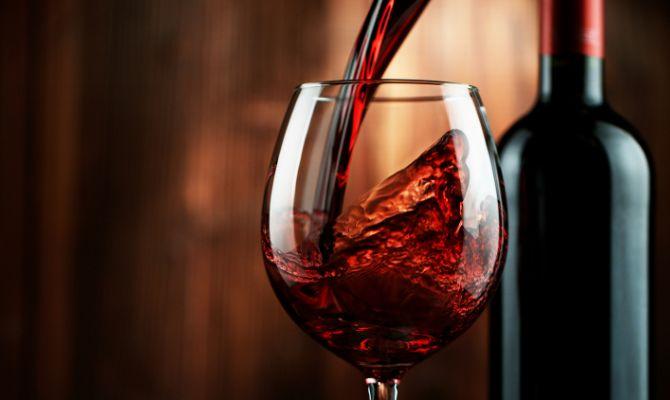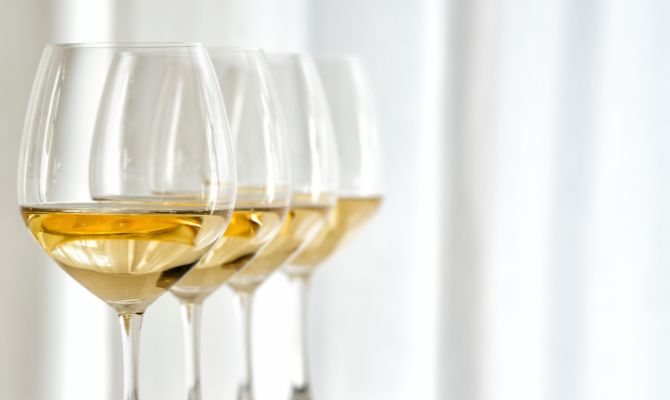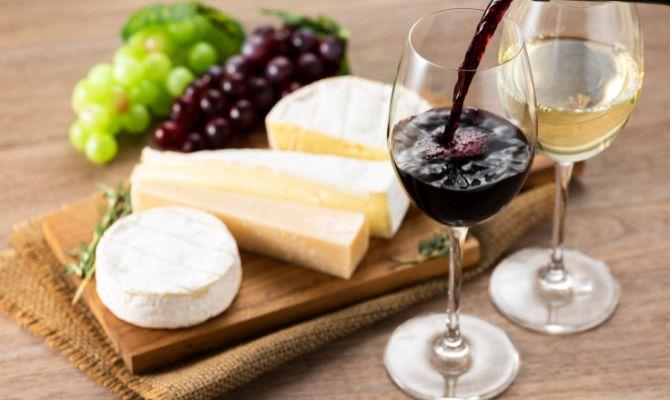Unleash the sommelier in you!
The experience of tasting a good wine involves much more than the wine itself. Whether you are alone or accompanied, follow our suggestions to enrich the tasting.
The environment is everything!
To ensure that there are no smells that could interfere with the aromas of the wine, avoid using perfumes, incense or other flavorings in the chosen location. And, if you are organizing a themed dinner, consider using a playlist in tune with the chosen theme.
Give wings to your imagination!
The importance of the label
It is through the label that you can confirm the origin of the product, alcohol content, allergens (if any), references to sugar content, harvest year and grape varieties, as well as other important legal information, such as the batch.
Analyze this information in order to have an idea of what the aromas and flavors of the drink will be and be able to make the desired combinations.
Pay attention to the wine tasting order
Do not leave the lighter wines for the end of the tasting. If the previous wines are more complex, they may interfere with the tasting. For a complete experience, follow these recommendations:
- From the youngest to the most aged wines;
- From the driest wines, to the demi-sec and, finally, the sweet ones;
- From sparkling wines, to whites, followed by rosés and, finally, red wines.

The bowl and temperature matter!
Temperature is one of the factors that most influence the quality and taste of wine. Therefore, pay attention to the temperature at which the drink is served: white and rosé wines should be enjoyed chilled and sparkling at even lower temperatures. Specifically, it is suggested:
White wines: between 7ºC and 13ºC
Sparkling wines: between 3ºC and 7ºC
Rosé wines: between 7ºC and 13ºC
Red wines: between 13ºC and 20ºC

For white and rosé wines, choose glasses with a medium bowl and length. Glasses with a long stem and narrow bowl, or flute glasses, should be reserved for sparkling wines.
For red wines, Bordeaux and Burgundy glasses are recommended. More evolved wines require glasses with a larger bowl; for younger wines, opt for more closed bowls.
Pairing with food
Pairing wine with food can be tricky. The idea that red wine is best served with meat and that white wine is ideal with fish is a thing of the past. Did you know that harmonization can be achieved both by similarity and by contrast?
Some suggestions for pairing include, for example, combining wines with greater acidity and structure with more intense meat and fish dishes; the sparkling wines are ideal to accompany aperitifs, starters, meals and desserts (for the latter, sweet sparkling wines are especially suitable) and if you intend to serve cheese as a starter, in addition to red wine, consider offering white wine, Moscatel or Port - the texture and fat in the starter combine with the acidity and freshness of these drinks, but it is essential that they are served at the correct temperature.
Good tasting!

